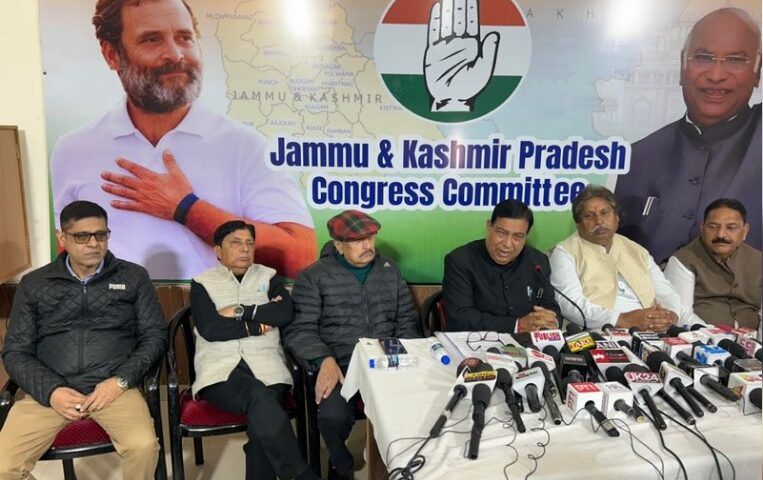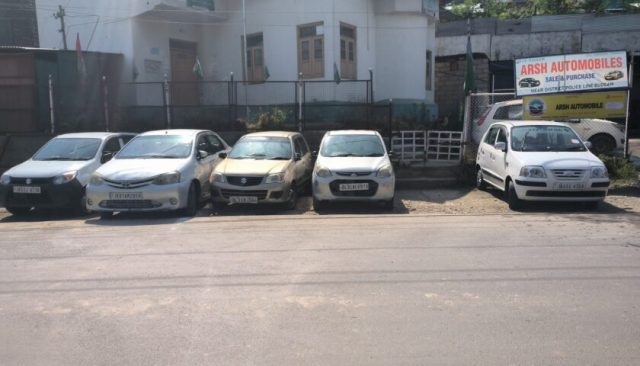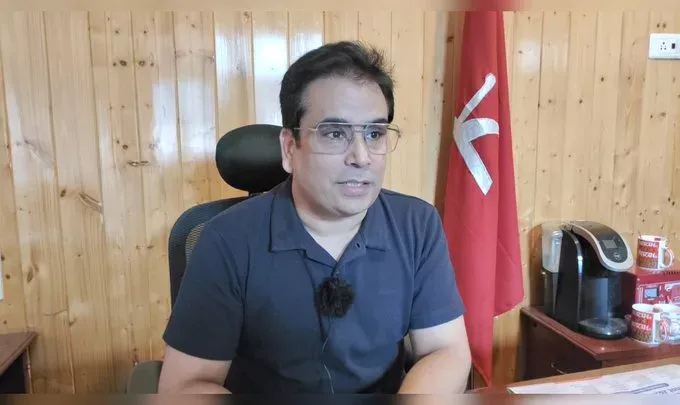India Floats Tender for Sawalkote Hydroelectric Project After Suspending Indus Waters Treaty
By: Javid Amin | 31 July 2025
A Watershed Moment in India’s Water Diplomacy
In a decisive and symbolic move, India has suspended the Indus Waters Treaty (IWT)—signed with Pakistan in 1960—and simultaneously floated international tenders for the 1,856 MW Sawalkote Hydroelectric Project on the Chenab River. This marks not only an ambitious boost to J&K’s hydropower capacity but also a significant recalibration of India’s policy over its western rivers.
Treaty in Abeyance—Why It Matters
On April 23, 2025, India announced that the IWT was being held in abeyance due to Pakistan’s alleged support for terrorism, particularly in the wake of the April 22 Pahalgam attack. Under the Treaty, Pakistan historically has rights to major rivers including the Chenab, while India had limited permission for specific uses like run-of-river hydro schemes.
With the Treaty suspended, India argues it is now free to develop its existing rights over these western rivers, shifting the historical balance in favour of national water sovereignty and energy self-reliance.
Reviving a Long-Delayed Master Plan
Originally conceived in the 1960s, the Sawalkote project near Sidhu village in Ramban district has languished for over four decades due to opposition from Pakistan and internal regulatory hurdles. It is now being revived with international tenders invited by NHPC, with a submission deadline of September 10, 2025 .
Project Highlights:
-
Capacity: 1,856 MW (largest in J&K)
-
Structure: 192.5 m RCC gravity dam, eight 225 MW turbines, plus 56 MW environmental flow auxiliary unit
-
Cost Estimate: ₹22,704.8 crore, built in two phases.
-
Clearances: Environmental and forest approvals secured over 847 hectares; relocation of villages and an army transit camp addressed.
Strategic Assertion Over Western Rivers
India’s fast-tracking of the Sawalkote dam follows similar projects like Ratle, Kiru, Pakal Dul, Kirthai I & II, and aims to add over 5,000 MW of hydropower capacity alongside domestic water security benefits.
This bold approach is rooted in a national sentiment that “water and blood will not flow together,” as asserted by MEA Minister S. Jaishankar. It represents a shift from India’s historical restraint under treaty obligations toward assertive benefit utilization of river waters.
Local Impacts—Energy, Irrigation, and Infrastructure
The Sawalkote project is expected to bolster J&K’s:
-
Energy security, powering tens of thousands of households
-
Irrigation potential, revitalizing barren lands in Kashmir and Punjab
-
Infrastructure development, with roads, transmission lines, and local economic activity
It is being championed as a national priority and a game-changer for the Valley’s economy and self-sufficiency.
Historical Efforts and Administrative Challenges
Attempts to revive the project over the decades met with administrative delay or international objections:
-
Farooq Abdullah tried in 1996, partnering with a Norwegian consortium
-
Omar Abdullah attempted in mid-2000s, but stalled due to procedural roadblocks
-
Sayeed govt shelved it completely before NHPC involvement in 2021.
Clearance complexities included forest acquisition, village rehabilitation, and lingering objections under the IWT framework that have only now been resolved or bypassed.
Pakistan’s Dissent and Risks of Escalation
Pakistan has strongly condemned India’s suspension of the treaty and infrastructure acceleration, calling further water manipulation an “act of war”. Analysts warn that escalation risk remains, particularly while:
-
Pakistan’s agriculture and power heavily depend on Chenab and Indus waters
-
India might scale up diversion via Ranbir canal extension, cutting flows by up to 150 cumecs.
Experts have also cautioned that China may follow suit with its own downstream leverage if precedent is set.
Policy Analysis—Strategic Leverage or Reckless Posturing?
While some view India’s actions as a legitimate strategic repositioning, others argue they could undermine regional stability and bilateral water cooperation in an era of climate uncertainty. Key considerations include:
-
India’s past compliance with IWT arbitration (Baglihar, Kishanganga)
-
The Treaty’s explicit no-exit clause, requiring 12-month notice for withdrawal under Vienna Convention norms
-
The need for updated regional frameworks, given climate change, glacial melt, and water insecurity
The economic and technical low-hanging fruit of hydropower now meet higher-stakes diplomacy.
Outlook—What Happens Next?
Next Steps on Sawalkote:
-
Engineering and planning bids due Sep 10, 2025
-
Construction likely in two phases, once contractors and financing sorted
Diplomatic and Legal Directions:
-
Pakistan may seek recourse via World Bank or international courts
-
India might propose treaty renegotiation or new multilateral frameworks
-
The international community will monitor if this becomes a trigger for water conflict or a tool for leverage
Domestic Environment:
-
Further projects (Pakal Dul, Kiru) and Tulbul barrage or canal links may rapidly follow
-
The policy may set precedent for how India treats future water-sharing accords
Bottom-Line: A Strategic Pivot with High Stakes
India’s move to float the Sawalkote tender following the suspension of the IWT represents a bold assertion of water sovereignty and developmental urgency. It signals determination to utilize previously underutilized national rights on western rivers, while recalibrating diplomatic positioning toward Pakistan and beyond.
Yet, it remains to be seen whether this water-first strategy leads to sustainable progress—or entrenches geopolitical discord over water security.




